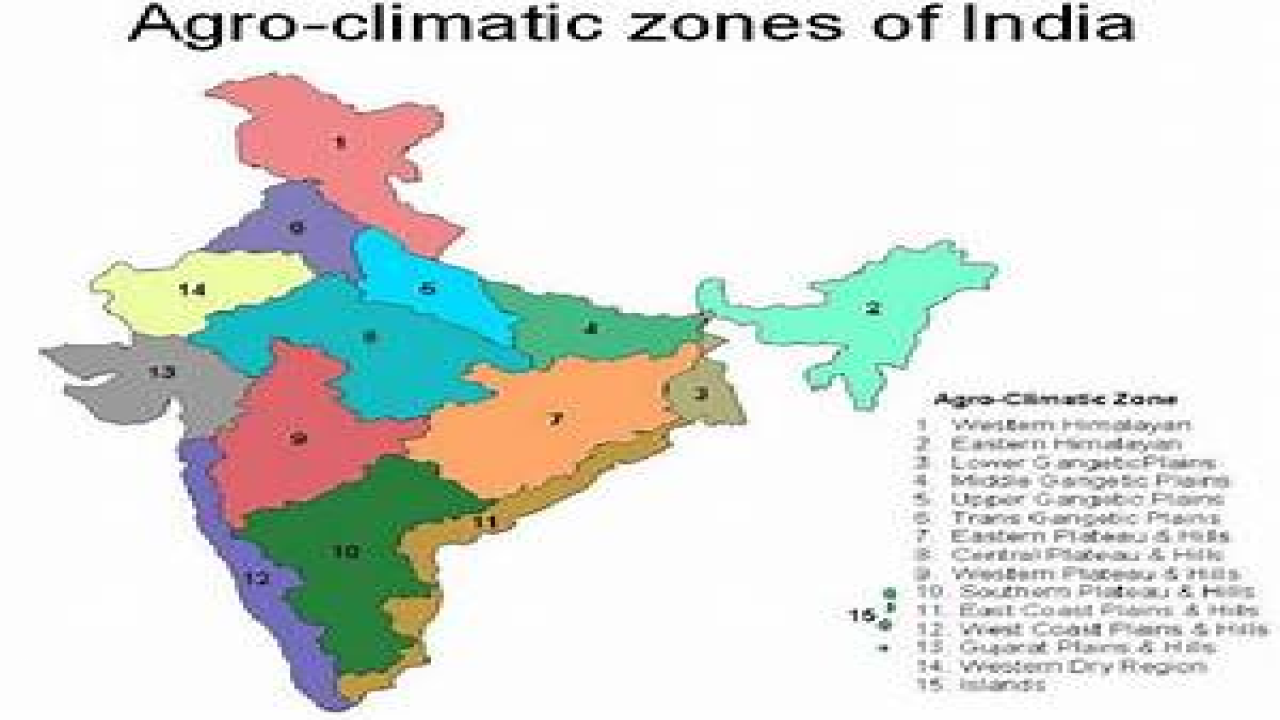Agro-Climatic Zones
Agro-climatic zones are geographical regions that are characterized by similar climate and soil conditions, which can support specific agricultural practices and crops. The concept of agro-climatic zones has been used for decades to guide agricultural planning and development, and is particularly important in countries with diverse climates and soils.
Types of Agro-Climatic Zones
There are several types of agro-climatic zones, including:
- Arid and Semi-Arid Zones: These zones are characterized by low rainfall and high temperatures. Agriculture in these zones typically relies on drought-resistant crops such as millet, sorghum, and groundnuts.
- Tropical Zones: These zones are characterized by high temperatures and high humidity. Agriculture in these zones typically relies on crops such as rice, bananas, and sugarcane.
- Temperate Zones: These zones are characterized by moderate temperatures and rainfall. Agriculture in these zones typically relies on crops such as wheat, barley, and potatoes.
- Alpine Zones: These zones are characterized by cold temperatures and high elevations. Agriculture in these zones typically relies on crops such as potatoes and barley, as well as livestock grazing.
Examples of Agro-Climatic Zones
Agro-climatic zones are used all over the world to guide agricultural planning and development. Some examples include:
- India: India is a country with diverse climates and soils, and is divided into 15 agro-climatic zones. These zones guide agricultural planning and development, and help farmers to identify the most suitable crops and management practices for their area.
- Brazil: Brazil is a country with a large agricultural industry, and is divided into 27 agro-climatic zones. These zones help to guide agricultural planning and development, and ensure that crops are grown in the most suitable areas.
- United States: The United States is a country with diverse climates and soils, and is divided into several agro-climatic zones. These zones help to guide agricultural planning and development, and ensure that crops are grown in the most suitable areas.
Issues Facing Agro-Climatic Zones
While agro-climatic zones can be an effective approach to agriculture, they also face several challenges that can impact their success. Some of the issues facing agro-climatic zones include:
- Climate change: Climate change is causing shifts in temperature and rainfall patterns, which can impact the suitability of crops for a particular area. This can make it difficult for farmers to adapt to changing environmental conditions.
- Water availability: Agriculture relies heavily on water, and in some agro-climatic zones, water availability can be limited. This can make it difficult for farmers to grow crops and sustain their livelihoods.
- Soil degradation: Intensive farming practices can lead to soil degradation, which can reduce crop yields and impact the long-term viability of agriculture in a region.
- Land use conflicts: In some regions, agricultural land may be in competition with other land uses, such as urbanization or conservation. This can lead to conflicts over land use and can impact the sustainability of agriculture in a region.


